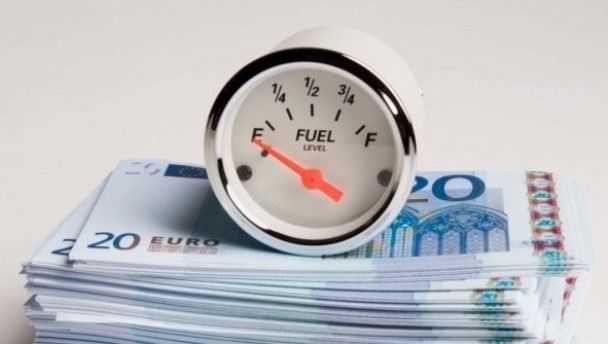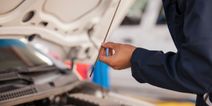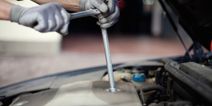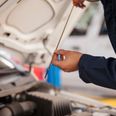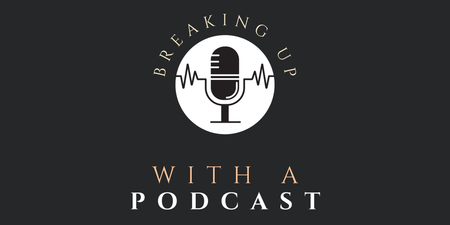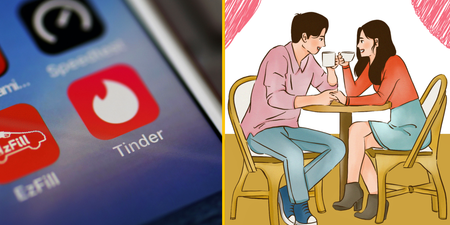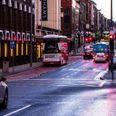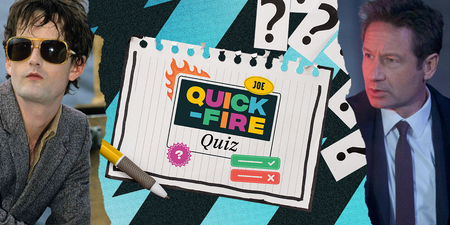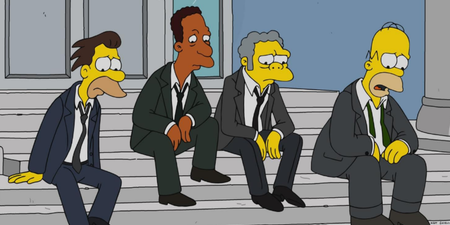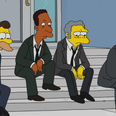While some driving tips deal with peripheral issues such as how to do a jump-start or not crashing, today we’re focusing on what’s important in the current financial climate – saving cash at the petrol pump. Here are JOE’s 10 economical driving tips that will dump money into your pocket from thin air.
By Robert Carry
Air-con
Operating your car’s air-con system burns fuel. While the car’s cooling system might be necessary if you find yourself driving through a desert dust storm or tropical downpour, opening a window will generally do the job in Ireland. While opening a window does slightly increase drag and raise fuel consumption somewhat, in most cases the air-con system will burn up a greater amount.
Roof rack
Anything that increases drag on your vehicle, be it an overhead compartment, a coat-hanger aerial or most commonly a roof rack, will mean greater fuel consumption. Anything that negatively impacts your car’s aerodynamics should be done away with – keep the roof rack for when you’re actually using it.
Loads
This one might be borderline stating-the-obvious, but the more weight your car carries the more fuel it consumes. While few of us carry breeze blocks around in the back seat, we could all be accused of lugging around something we don’t need – be it a child seat minus child, a big bag of gym gear when you haven’t been in weeks or any number of a million other things.
Tyres
Not having the correct air pressure in your tyres can have a massive impact on your fuel consumption. Top them up regularly to get the most out of your tank.
Time management
Failing to give yourself sufficient time to get where you’re going tends to cause drivers to accelerate quickly, brake hard and drive too fast, all of which use up excessive fuel. Being in the know on traffic patterns, road closures and accidents (via traffic reports) will lead to steadier driving and fewer stops at the petrol station.
Planning your route
Plan long journeys carefully. Use a site such as AA Route Planner to prevent finding yourself in a situation in which you’re covering excessive ground.
Short hops
Short journeys, of five kilometers or less, don’t give your car’s engine enough time to warm up to its optimum temperature for fuel consumption. This issue is particularly troublesome in cold weather. If possible, organise short trips into one longer one.
Accelerating
Your car uses more fuel when accelerating than at any other time, and by quite some margin. The harder you accelerate the faster the engine sucks fuel, so reducing speed and accelerating away more gently has a massive impact on consumption.
Breaking
Rather than speeding up to a red light before jamming on the breaks, which obviously means a massive fuel loss as well as increased wear-and-tear on both your engine and tyres, get into the habit of coasting up to lights by taking your foot off the accelerator earlier. As well as doing you a favour in terms of petrol consumption, tyre and engine wear, it might also get you to your destination faster – the lights could change before you get there which means you won’t actually have to stop at all.
Aggressive driving
Driving aggressively is one of the most ridiculous things a driver can do, particularly in city traffic. A test carried out by the EU showed that speeding and breaking quickly between the invariably numerous hold-ups reduced driving time by a pitiful 4 per cent, or 2.5 minutes driving time in a one hour trip. However, it also increased fuel consumption by a whopping 37 per cent. Even setting aside the accompanying safety issues and increased emissions inherent in driving aggressively, the cash difference should be enough to bring it to a halt.
Motorway driving
Cars burn a lot of fuel when accelerating on the motorway, which then drops when the car maintains its speed. This makes the cruise control option found on some cars a great way of maintaining a constant speed and keeping fuel consumption low. If your car doesn’t have cruise control the principal of a constant speed is still worth keeping in mind.
Hills
In hilly terrain it’s more fuel efficient to let your vehicle’s speed decrease when going uphill before building it back up when going down on the other side. Just try not to do this if a car is tailgating you from behind.
Idling
There are a number of myths surrounding this one but the fact of the matter is, leaving your car idling for any more than needed is a big waste of fuel. When you’re going to be stopped for more than a minute (when not in traffic) it is worth turning off your engine. Anything more than 60 seconds uses more fuel than turning off the engine and restarting. You also avoid the excessive wear inherent in idling.
LISTEN: You Must Be Jokin’ with Aideen McQueen – Faith healers, Coolock craic and Gigging as Gaeilge
